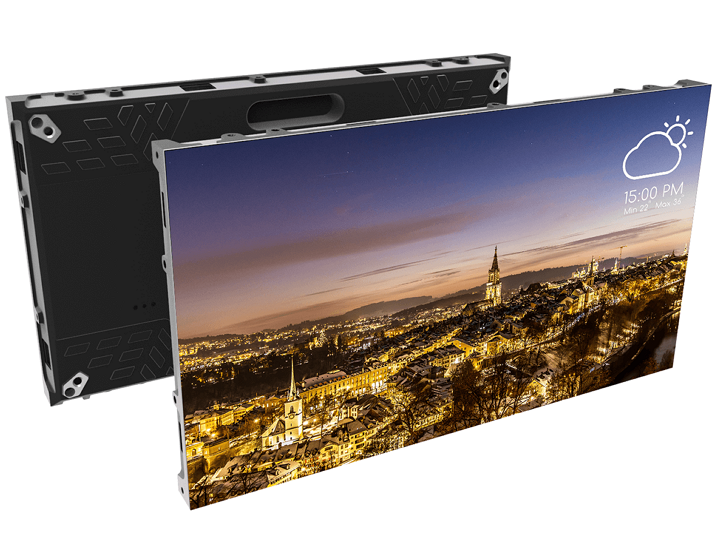Exploring the Diverse Integration Solutions Available for Light Emitting Diode Wall Panels
Exploring the Diverse Integration Solutions Available for Light Emitting Diode Wall Panels
Blog Article
LED wall units have secured traction for their capacity to deliver high-quality visuals in various settings, from professional environments to event venues. One of the primary aspects of these systems is their interface options, which allow users to connect them to different devices and systems. Comprehending the diverse input options supported for Light Emitting Diode wall panels is vital for enhancing their use and effectiveness. This article explores these features, showcasing how they can adapt to specific needs and preferences.
One frequent connection approach for LED wall panels is HDMI. High-Definition Multimedia Interface is widely recognized for delivering high-quality video and audio signals between devices. This connection type is especially useful in commercial environments, such as meeting spaces or classrooms, where visual content or video content are often displayed. By using HDMI cables, users can seamlessly connect laptops, projectors, and streaming devices to LED wall panels, guaranteeing a sharp and vibrant display of media.
Another commonly used connectivity option is Display Port, which is comparable to HDMI but offers enhanced advantages. Display Port can support higher refresh rates and display outputs, making it an excellent choice for interactive media or design-heavy applications. For those deploying LED wall panels in environments where performance is essential, such as esports arenas or creative workspaces, Display Port can provide the required visual quality. Additionally, many modern computers and graphics cards include Display Port connections, making it a practical option for technology-oriented users.
In addition to High-Definition Multimedia Interface and Display Port, cordless transmission options are becoming increasingly prevalent in Light Emitting Diode wall panel solutions. Cable-free connections allow users to transmit content without the need for physical cables, enabling a streamlined and more flexible setup. Technologies such as wireless internet and short-range communication allow users to link smartphones, tablets, and laptops directly to LED wall panels without cumbersome wires. This convenience is particularly advantageous in fast-paced environments like trade shows or live functions, where rapid adjustments to displays are often required.
For extensive installations or more complex setups, network connectivity through Ethernet is another viable solution. Wired links provide a consistent and robust way to integrate multiple Light Emitting Diode wall wikipedia reference panels within a network. This setup is ideal for electronic display applications found in shopping malls or transport hubs, where multiple panels may need to display synchronized content across a wide area. By using Ethernet cables and routing hardware, operators can ensure that all connected panels receive consistent data and content seamlessly.
Lastly, it's crucial to evaluate the evolution of connectivity with technologies such as USB-C and Thunderbolt 3. These next-generation interfaces offer enhanced data transfer rates and flexibility by allowing one cable to handle both energy transfer and data transmission. As more devices adopt these standards, LED wall panels equipped with Type-C ports will likely become more prevalent. This shift in integration not only improves the capabilities of Luminescent Diode wall panels but also coincides additional info with the emerging trend of minimalistic design in hardware arrangements by reducing the number of cables needed.
In conclusion, exploring the broad interface methods accessible for Light Emitting Diode wall panels uncovers many opportunities for users across multiple industries. From conventional approaches like High-Definition Multimedia Interface and Display Port to contemporary cordless solutions and network connections, each option serves unique purposes tailored to distinct needs. Additionally, emerging technologies like Universal Serial Bus-C offer further developments in how professionals utilize Luminescent Diode wall panels. By understanding these connectivity choices, individuals can make informed selections that enhance their overall experience with these versatile visual solutions.